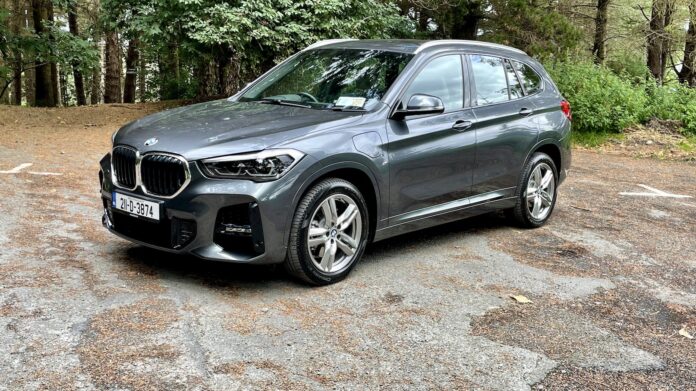24/09/2021 Some words go hand-in-hand like ‘peaches and cream’ while some words don’t, like ‘sporty and SUV’. The new BMW X1 makes a good effort to change this. The X1’s exterior styling has evolved (slightly) since taking its bow in 2009. The latest X1 is very slightly shorter than the previous two generations but is wider and taller than both the original 3 Series based E84 and 2012 next generation X1. The new X1 is close to the Peugeot 3008 in size and still conforms to the classic SUV blocky shape. If you’re after a slightly more sleeker and stylish variant of the X1 – its sister X2 crossover is the one for you.
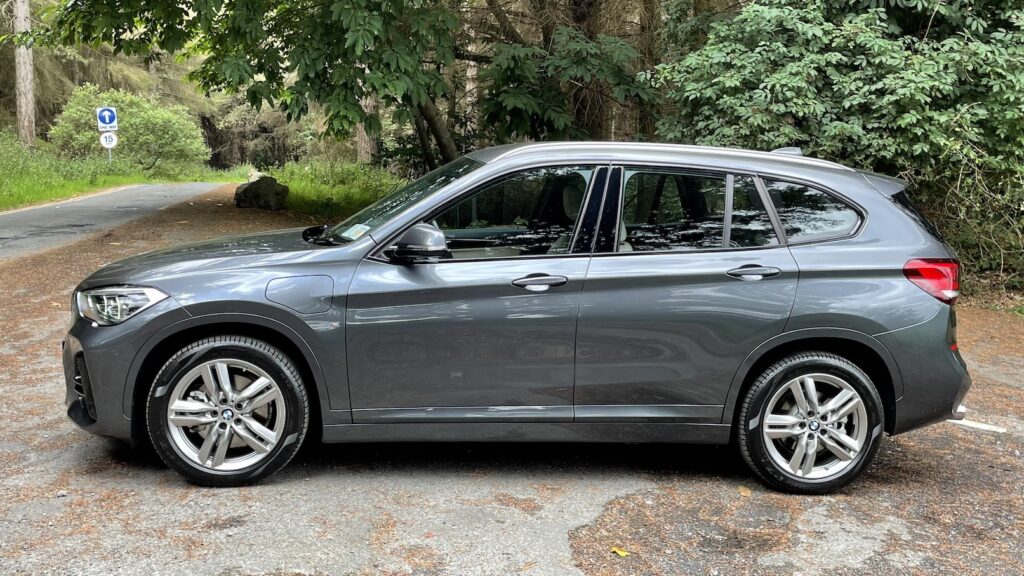
The interior of the five seater has the usual BMW layout but if you get in to it from driving another SUV you experience a relatively low dashboard that feels a little odd to sit behind. Don’t get me wrong, nothing is out of place, its just different. That said the forward visibility is pretty good as a result. We’re testing BMW’s baby SUV or SAV sports activity vehicle as BMW calls it, in its latest PHEV (plug-in hybrid) guise this week. The xDrive25e, the ‘e’ is the key letter, is capable of driving up to 57km in zero emissions electric-only driving mode from its fully charged 10kWh battery. Under the bonnet the relatively small 1.5 litre 3-cylinder petrol turbocharged engine with a power output of 125hp/220nm. This engine combines with a battery powered electric motor (95hp/165nm) to deliver a combined output of 220hp and 385nm.
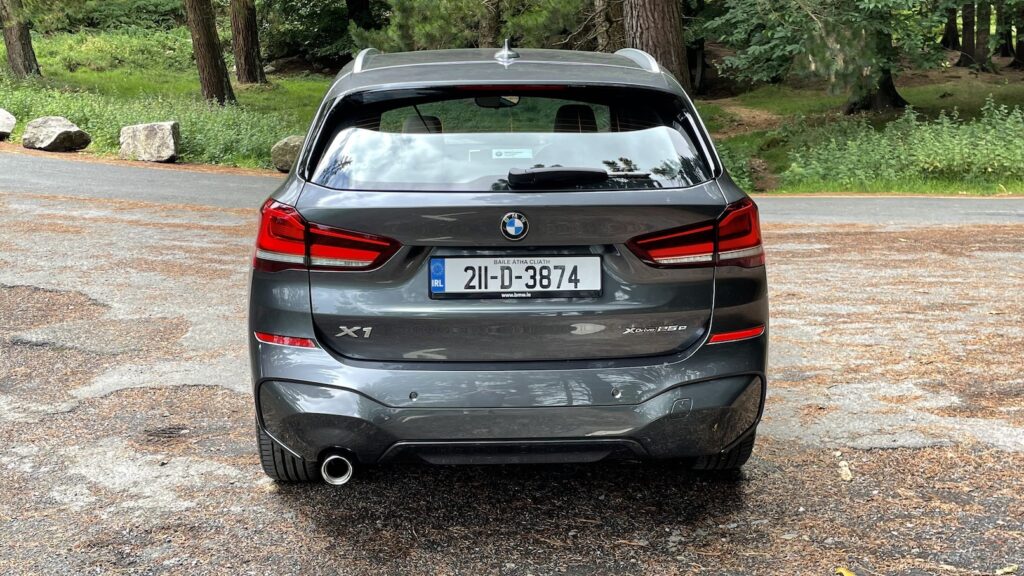
The X1 PHEV is clearly powerful but it is also green delivering a laudable 42g/km of CO2 emissions. Fuel consumption is quoted at between 1.9-2.1 L/100km – circa 141mpg. Battery charging happens via a Type 2 cable. The battery is quite small and charges using a dedicated wallbox from zero to 100% in less than 3.2 hours. It takes 2.4 hours to reach 80%. Various ‘eDrive’ options are available for battery charge management – including a save battery mode for when you want to keep a reserve of electric power for zero emissions driving later.
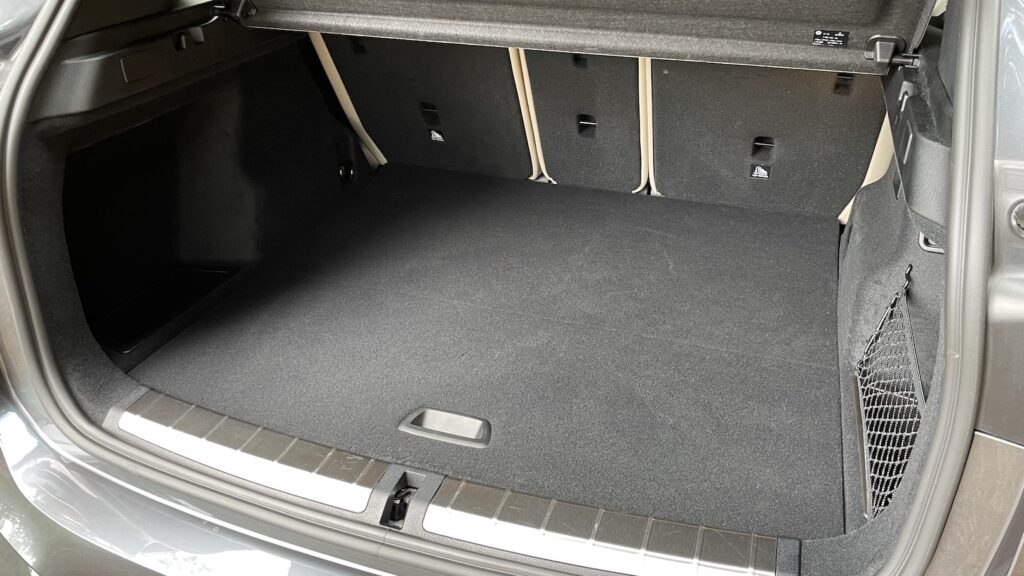
The X1’s hybrid drive uses the petrol engine to turn the front wheels while the electric motor, positioned above the rear axle powers the rear wheels. BMW’s powertrain layout delivers a low centre of gravity and also a far more dynamic performance than many PHEVs that often share their power to just one set of wheels. The xDrive25e features BMW’s intelligent all wheel drive (xDrive) that can shift power between axles in lightning fast speeds. The xDrive also has a nice rear wheel bias in sport mode that feels great under from the diver’s seat. The initial driving impression is one of eagerness and… sportiness. The X1 as a result of its compact proportions doesn’t have the usual SUV bulk and high centre of gravity to deal with and manage. In as much as any SUV can be sporty the X1 in this guise comes very close. The X1 xDrive25e accelerates from 0 to 100 km/h in 6.9 seconds. Top speed is 193km/h (120mph). BMW driving modes can be selected such as Comfort, Sport and Eco-Pro to optimise the most miserly fuel/energy consumption.
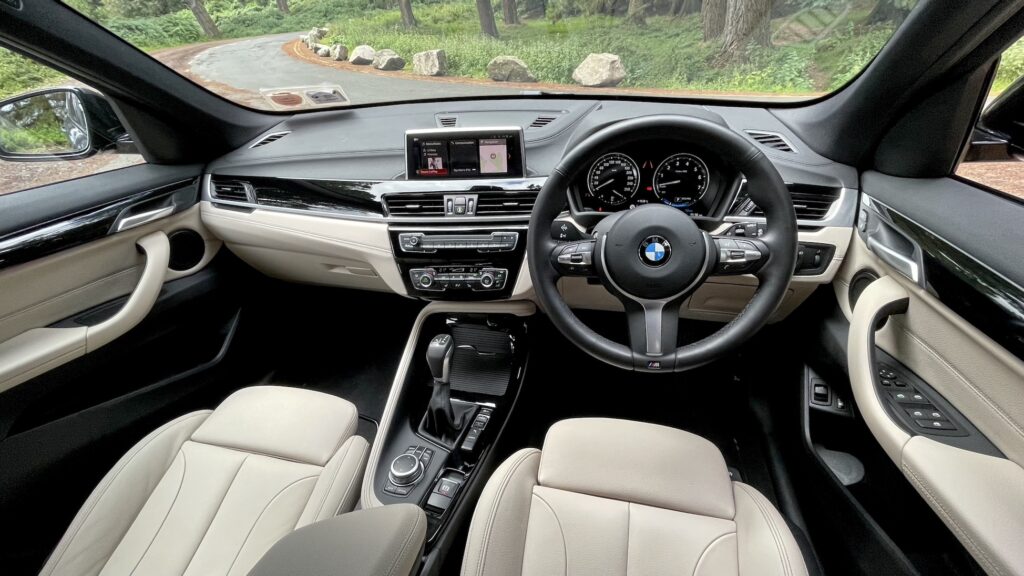
BMW X1 pricing starts from €40,775. Petrol (3), diesel (3) with manual or auto gearboxes and the automatic PHEV version are available. Our xDrive25e M Sport PHEV test car has a hefty price tag of €50,819 (€47,996 without options). The key optical add ons are the ‘Technology Pack 1’ (€1,139), ‘Driving Assistant Plus’ (€1,455), mitt. Paint and bike rack preparation. For similar money you could easily buy a more substantial SUV from countless other manufacturers – but this particular X1 delivers a grin and can encourage you to take the twisty route home and that has value. Michael Sheridan


